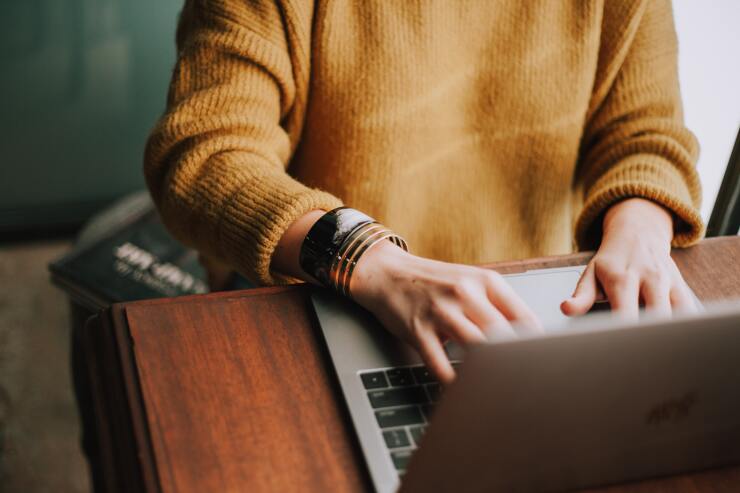With employees being pulled in all directions, it's no surprise that
Just 12% of employees say they feel productive during their work day, according to scheduling platform Reclaim.ai. Their report found that employees are distracted nearly 32 times per day and have over 25 meetings per week, pulling them away from doing focused work.
At the same time, employees are feeling stressed and overloaded — employees have reported
"People feel like they're working harder and harder and accomplishing less and less," says Christine Carter, vice president of Everyday Inner Work at virtual coaching platform BetterUp. "One of the things about productivity is it's very habit based, so as we come out of COVID, we have new habits to contend with that contribute to our sense of overwhelm."
Read more:
To combat that feeling, it's not about creating even more list items, or downloading another app to help you get organized, Carter says. Instead, learning constructive habits to help you reach a state of "flow" can create a more focused mindset, both in and out of work.
"A flow state is the experience of being just totally absorbed by an engaging task, whatever that work might be, so that your attention is completely held," Carter says. "Typically this is when we say we've lost our sense of time."
While people may feel that loss of time while scrolling Instagram or watching TV, that's not flow, Carter says. Instead, finding flow involves engaging in challenging enough tasks that give you a sense of accomplishment once you've completed them, while also engaging your brain's "reward system," which provides a sense of energy and optimism.
"The task at hand should be just at the edge of your ability level, but not so hard that you feel anxious or overwhelmed or frustrated," she says. "We need to also engage our sense of mastery, our strengths and our skills."
Read more:
To get there, employees first need to figure out what's getting in their way. Whether it's too many meetings, a noisy workspace, interruptions from bosses, colleagues or kids, identifying these distractions can help you find ways to quiet them.
Then, Carter recommends creating an optimal environment for flow: turn off notifications and even put your phone in another room. Shut the door. Set a fake deadline to create a sense of purpose. All of these tasks can help your brain switch into a focused state.
"What you want to do is create a routine that helps your brain go into flow — do these things which will end in a state of deep focus," she says. "I have 'think work' blocked off on my calendar for when I want to get into a flow state, when I proceed with my little flow ritual. It puts your brain at ease in terms of relieving the anxiety. I've got two hours now to drop in and I'm going to work."
While Carter has perfected her flow state and can work for up to two hours uninterrupted, most people can start with 20-minute blocks and build up from there. Focus on one task at a time, complete it, and then challenge yourself to focus on the next item.
"It's a muscle that needs to be rebuilt for most people, so go for easy wins," she says. "One does not find a state of flow with Slack open. Practice single tasking every day to drop in."






